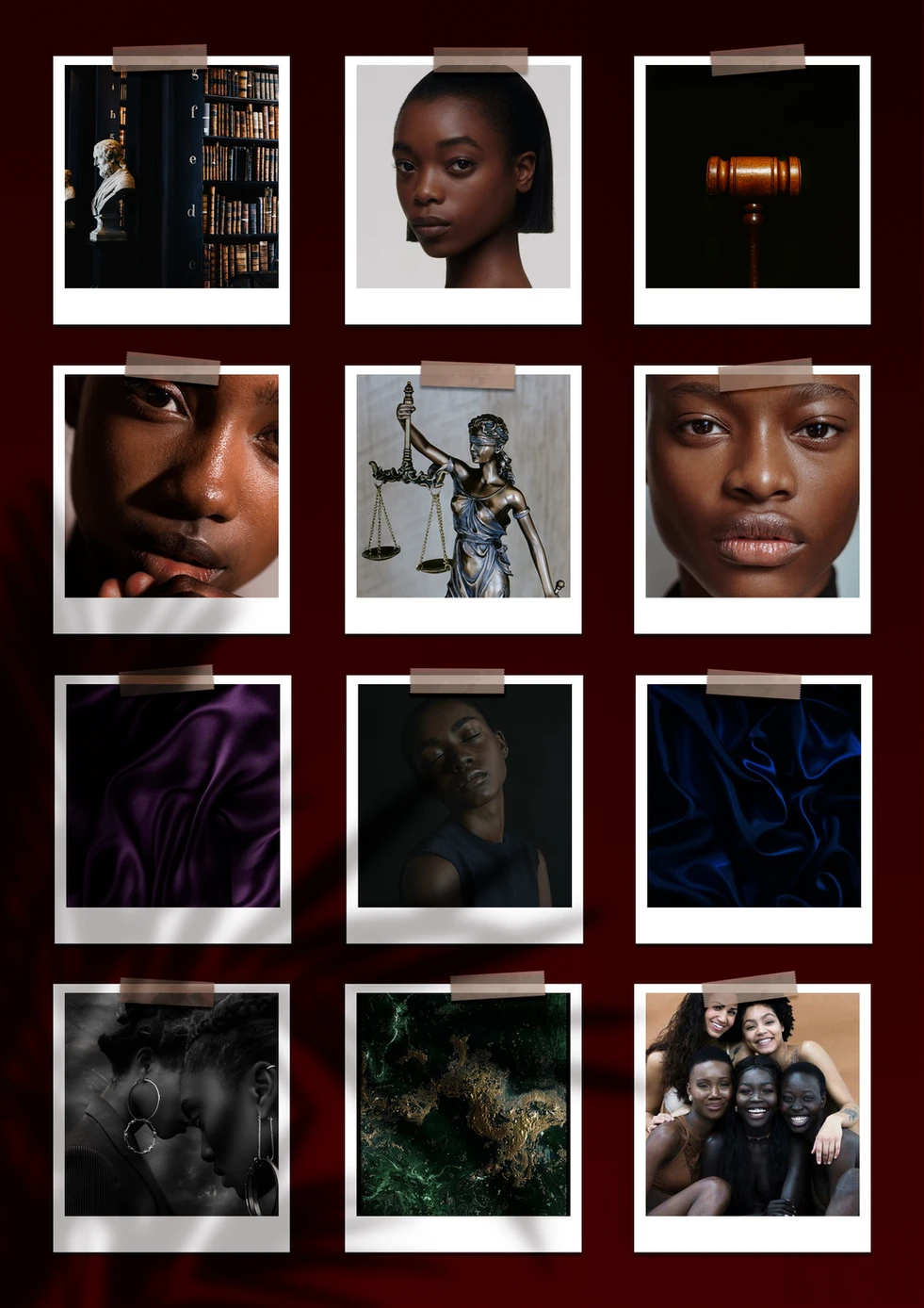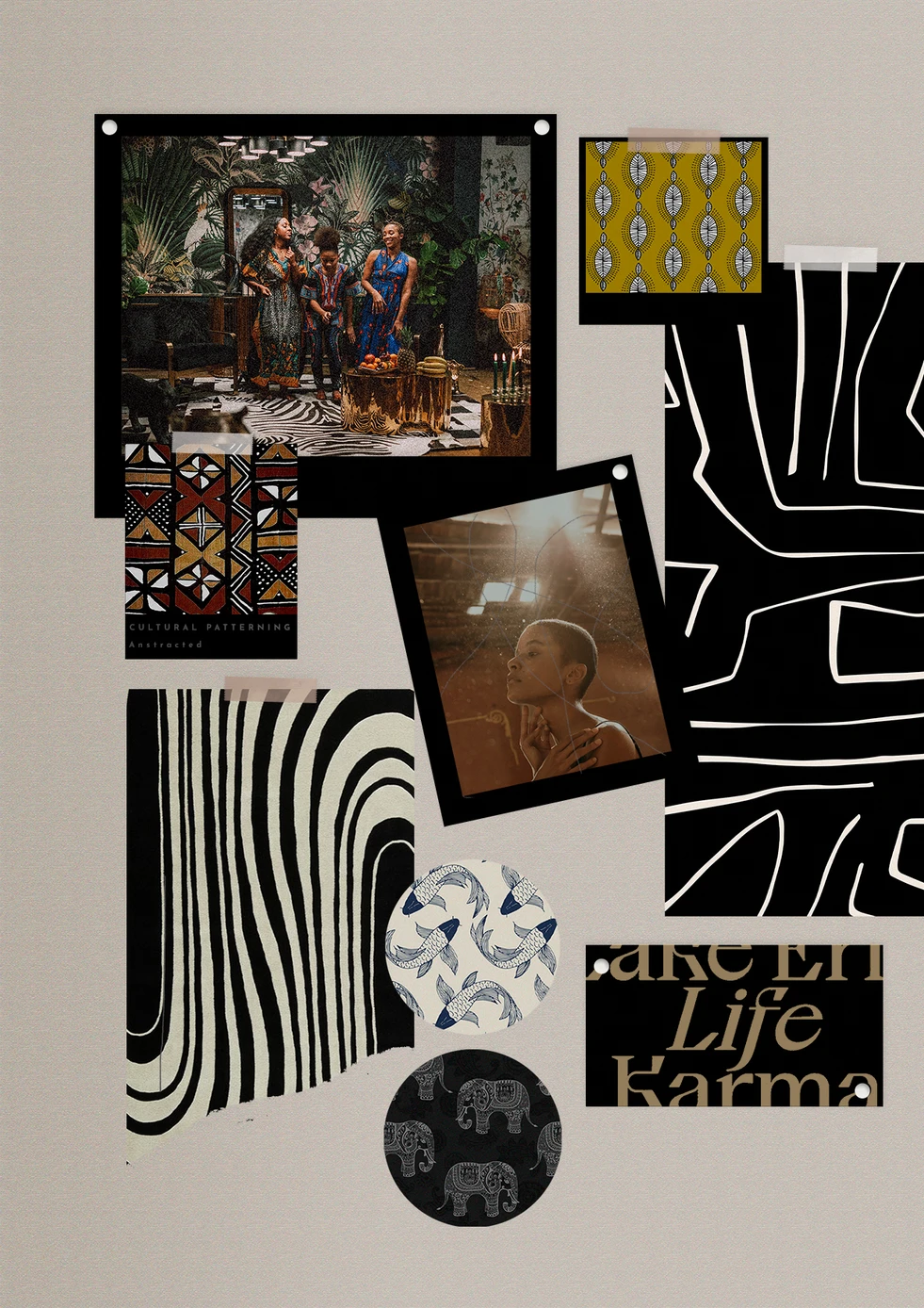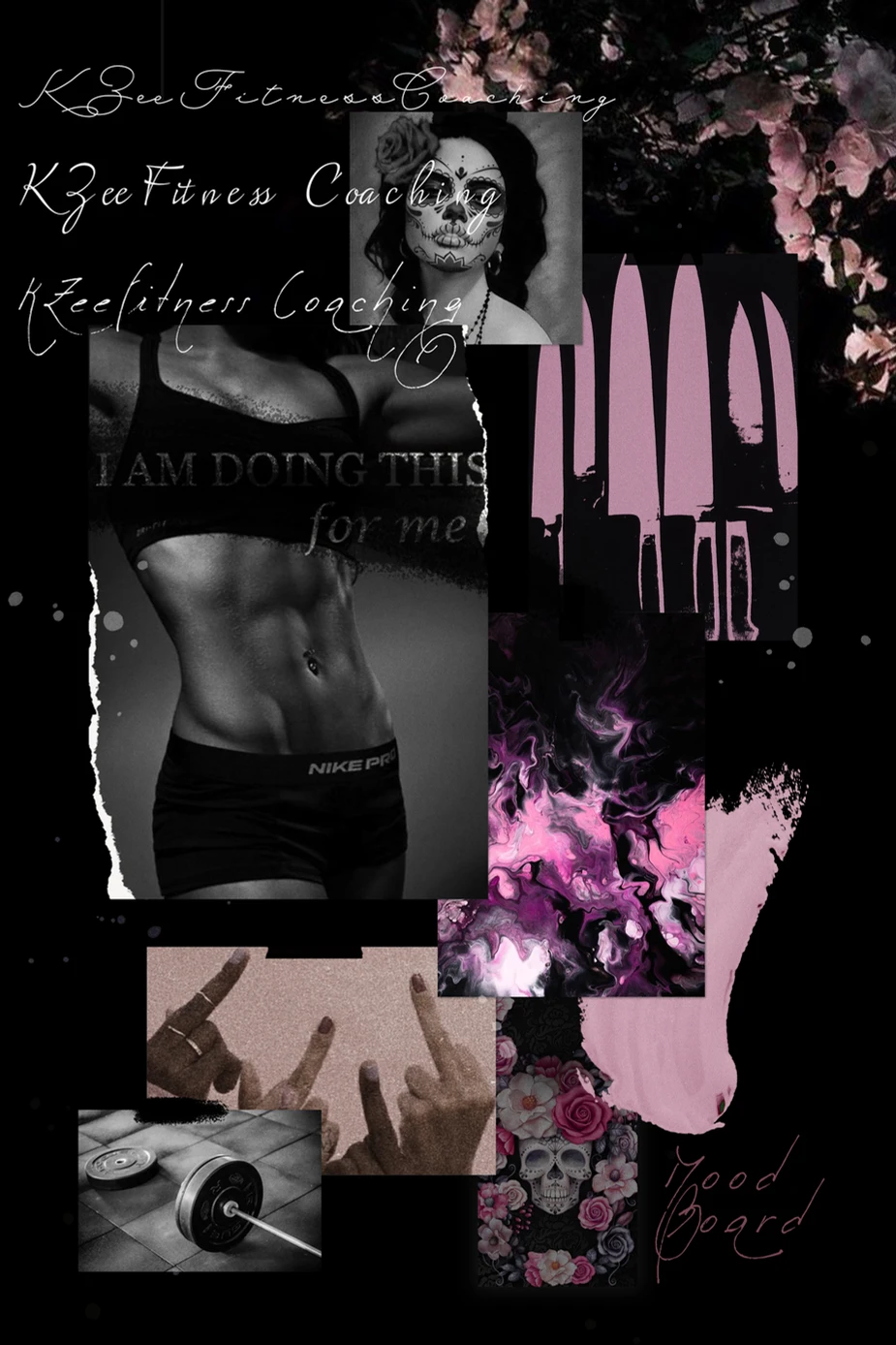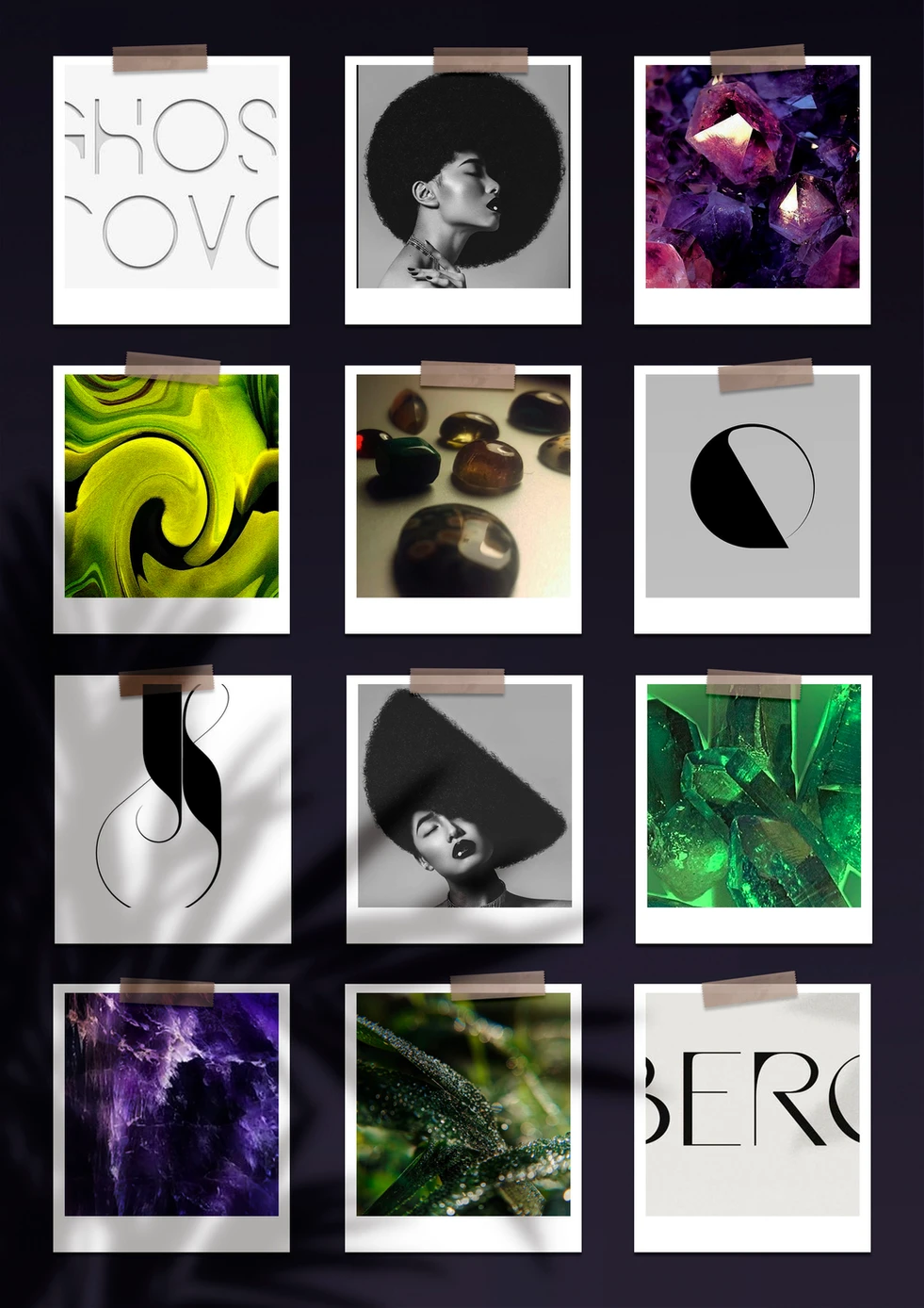A Guide to Mood Boards
Mood boards are physical or digital collages that arrange images, materials, text, and other design elements into a format that represents the design direction and feeling. So many of our projects begin with mood boarding. This is the device that we use to visualize the story that our clients have told us. Organizing our thoughts into a cohesive set of imagery and graphics creates a stable foundation for the project. If you haven't worked with a designer before, you may not be familiar with mood boards, so this post is here as a guide to interpreting mood boards, understanding their purpose, and how they allow you and your designer to be on the same page.
THE PURPOSE
Overall, mood boards can serve many purposes, starting with organizing the inspiration around a project. They can be a valuable resource throughout the design project to help keep the style and aesthetic consistent with your goals and expectations as a client. Mood boards are also an excellent way to refine a project’s style before diving into the actual design process. They’re a much lower time investment than mockups and concepts and can convey a lot about the final design's look and feel. Mood boards are also an excellent way to convey design ideas without using technical (and often subjective) terminology. When a designer says “minimalist” or “Art Deco” or “grunge,” a lot of clients would not know what that means or may have a different idea in their head of that aesthetic than the designer might. So by showing a mood board that illustrates these terms, our goal is that our clients will immediately understand and can express whether an aesthetic resonates with them or not. So essentially, we create a mood board to ensure we are at least in the correct ballpark of the feeling that we will be aiming to convey throughout the design process before sending you concepts and more.
THE PROCESS
When we make a mood board, we collage together found imagery that embodies the design sensation that comes to mind as we consult with our client about their project's vision. We will include images, colours, visual metaphors, words, fonts, textures, and more in this collage. We then send this collage for feedback and adjust the project aesthetic accordingly. As a client, the best way to help your designer step into your expectations is to explain what elements of the mood board feel aligned with your vision and what does not. Whether you love or dislike the board's overall vibe, the why behind your reaction is what is important to communicate in your feedback.
Overall, spending a bit of time on the mood board phase can result in a project that runs more smoothly. There are no real “rules” that dictate what a mood board must include or what it must look like. This gives designers creative freedom during this phase before a project's pragmatism begins to give some inevitable constraints to the design.
To browse our work and read about our design process, peruse our branding portfolio and click around to explore our previous projects.






